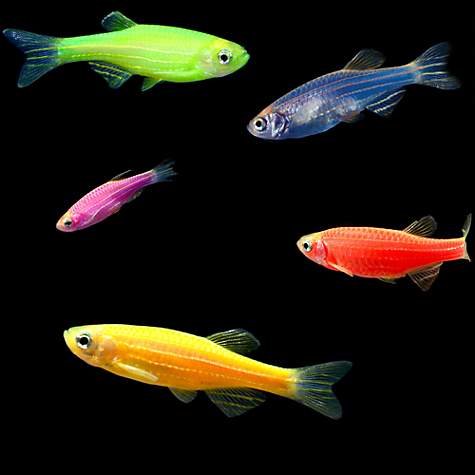

At the surface, the CO2-rich bubble bursts, rapidly diffusing the CO2 into the air.As air pumped in rises, CO2 escapes, and O2 enters. Rising bubbles help drive the process.Air stones, powerheads, and HOB filters disturb the surface, increasing gas exchange.This exchange occurs most efficiently when surface tension is broken, allowing the diffusion of gases.Carbon dioxide built up in the water is released into the air while oxygen from the air is absorbed into the water.Surface agitation is critical to facilitating this crucial gas transfer. Oxygen exchange in aquarium water relies on gas exchange at the air-water interface. Live plants to produce oxygen in an aquarium.This ensures dissolved oxygen remains at safe, sufficient levels. With their active nature and susceptibility to poor water quality, providing supplemental aeration via air pumps and water movement is recommended for Zebra danios. Signs of oxygen deprivation include Zebra danios gulping at the surface, lethargy, and loss of color.Air stones should be placed strategically for circulation. An air pump running 24/7 provides a constant flow of bubbles to oxygenate the water.Maintain tank temperatures in the optimal 72-82☏ Zebra Danios range. Warm water holds less dissolved oxygen than cooler water.Overcrowding tanks rapidly deplete oxygen at night when plants switch to respiration.

Live aquatic plants also produce oxygen through photosynthesis during the daytime to supplement levels.Surface agitation via air stones, bubble wands, or waterfall filters helps drive gas exchange and maintains higher oxygen saturation.Zebra danios are active fish with relatively high oxygen demand, especially when kept in schools.


 0 kommentar(er)
0 kommentar(er)
